By Tirthankar Mitra
Talk of organising a retrospective of films of Guru Dutt, it will be welcomed. The audience would be all ears, at a proposal to make a show of films of Guru Dutt. And there is good reason for it as here was a man who turned melancholia into art. He turned his camera to the painful realities of life. His music showed how the pathos, the struggles and the failures can be turned into a fusion of melody long remembered after the audience leave the halls. Guru Dutt who was born in 1925, completes his 100th year on July 9, 2025. He had a short life passing away in 1964 at the age of 39.
The thespian did not mind portraying in his films dark forces visiting India a decade after Independence. He was deeply aware of the travails of the young nation and the desires and aspirations of its people. But he had his own style of telling stories which was distinct compared to the other directors of that period like Raj Kapoor. Dutt had the uncanny ability to weave a story through the pains and agony of the characters.
Guru Dutt chose to look beyond euphoria. The storylines of his films widely varied travelling a long way from slick one like Baazi, frothy comedy like Mr and Mrs 55 and of course some of most gentle tales on celluloid about feudal decadence as in Sahib, Bibi Aur Ghulam .The two classics on screen about unrequited love and failure in the backdrop of melancholia – Pyasa and Kagaz ke Phul, stand apart.
Not quite at peace with himself even in his hours of joy and success, film making became s refuge to Dutt’s wandering soul. An introvert, he chose to express his emotions through his works. He played all the roles in a few films produced by him-hero, director, story writer as also music director. He chose his team from odd circles and made them the best one in 1950s and early 60s.
The most remarkable feature of his film craftmanship was the subtle use of light and shadow. It was stunning and his audience which cuts across generations will agree on this.
There is no need to look back at his films as period pieces. Based on themes that remain contemporary in the present century, the inner turmoil of the protagonists of Dutt’s films almost threatened to spillover with a dramatic effect.
But they never did so, remaining cinematic throughout. Dutt’s staunchest acolytes and harshest critics will be unanimous on this point. There was nothing escapist in the classics in celluloid in which he acted. The credits sometimes did not have his name as a director.
But viewing Dutt’s performance as Bhutnath, a country bumpkin with a heart of gold in Sahib, Bibi Aur Ghulam or a poet Vijay whom everyone thinks to be dead in Pyasa or in Kagaz ke Phul as a film maker, Suresh Sinha who has lost the Midas touch, one and all will give a standing ovation. His realistic acting and the masterful touches from behind the camera remain unforgettable.
It would not be an exaggeration to say that complacency never visited Dutt in his nearly two decade career as a filmmaker. He lived and died a dissatisfied artist whose works in celluloid speak of his skills and glories even sixty years later.
Dutt who was trained under dance guru Uday Shankar knew a thing or two about singing and dancing. Modern day film makers can enrich themselves with a learning experience post a long, hard look at the Pyasa scene in which a new comer Waheeda Rehman in the role of Gulabo, the street walker lips the song Jaane kya tune kahi, Jaane kya maine suni as Dutt in the role of down and out poet Vijay trails her cluelessly.
Doubtless Dutt had a better understanding of the form read film making than his contemporaries. The shot taking and editing process placed him in a class of his own.
Remember Bhutnath’s interactions with Waheeda Rehman enacting Jaba and Meena Kumari in the role of Choti Bahu which was one of her most iconic performances. Bhutnath’s performance is layered as he shared the screen with Jaba by whom he is smitten and Choti Bahu, he reveres.
Gulabo arrives at the publisher’s office with Vijay’s manuscripts. On being asked where she lives mumbles “Sona” but stops short of saying she lives in Sonagachi, Kolkata’s well known red light district. This is another pointer to Dutt’s eye for detecting social discrepancies and their fallout on creativity
Dutt was a director who turned new comers into stars. And long after his passing, Rehman and Johnny Walker continued to be performers to be reckoned with. The master director’s signatures were tracking shots and eloquent close ups. Use of light and shade with looming shadows to express the melancholia added to his repertoire.
Cinematographer V K Murthy was Dutt’s able collaborator. His creativity and brilliance were evident in many scenes of Dutt’s films. Murthy used to implement his unique ideas in film shooting which later became path breaker in film photography.
Sahib Bibi Aur Ghulam has Abrar Alvi in the directorial credit but the film is stated to be ghost directed by Dutt. Dutt portrayed Bhutnath’s character in a way that is remembered by the viewers for a long time.
Dutt spent some time of his early life in Bhowanipore in south Kolkata. Another all time great Bengali screen legend Uttam Kumar was growing up nearby had essayed the same role in the Bengali version of this film based on a Bimal Mitra novel. Uttam Kumar was only one year younger to Guru Dutt.
Dutt never overlooked post independence warts of his country. The egalitarian society he arguably dreamed of but did not live in was voiced in Pyasa when Vijay walking through an area of ill fame called upon those who cared to listen “Yeh Mahlon Yeh Takhto Yeh Tajo ko Duniya. …” revealed his left of Centre mindset.
His marriage to singer Geeta Roy did not bring in marital peace. His nights were spent in the company of alcohol and a film script as he chose to spend his hours away from film making. The world has taken note of Guru Dutt’s films once again. In his centenary year, the film lovers will have occasions to see his immortal classics which will remain relevant as long as unfulfilled desires, love and agony exist in human lives. (IPA Service)
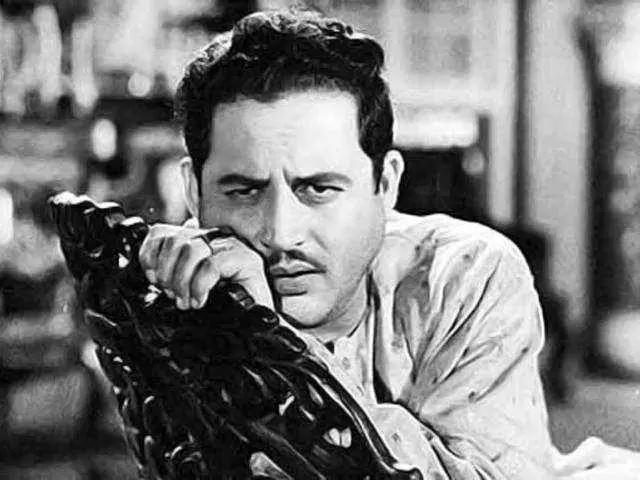
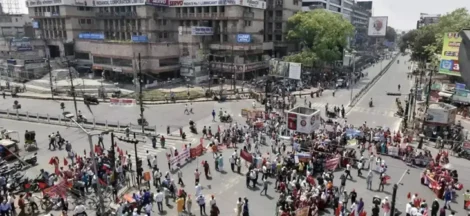
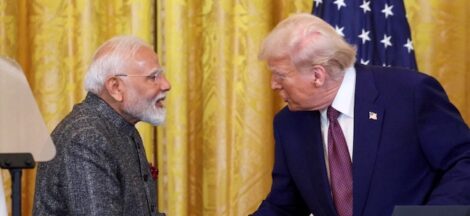
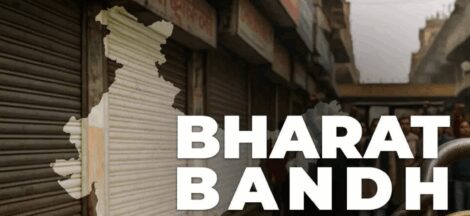
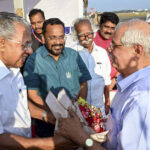 New Turn In Kerala Governor-Government Confrontation
New Turn In Kerala Governor-Government Confrontation 